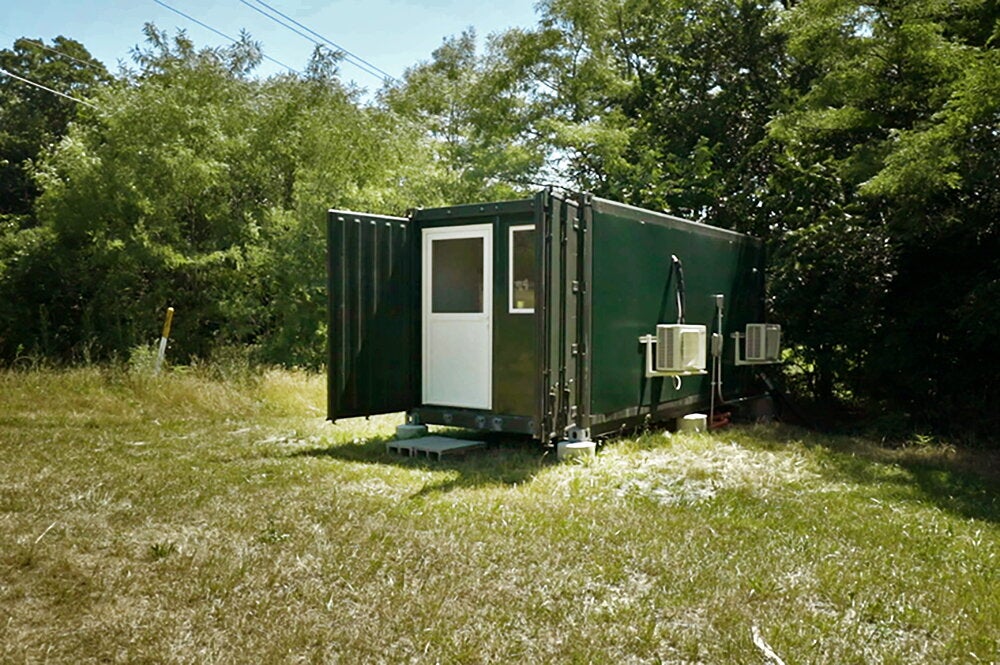

Recent evidence from the Cassini Mission's Huygens Probe suggests that the largest moon orbiting Saturn, Titan, features methane rivers that sculpt channels into that moon's continents of ice. Surface images from the probe show gravel-sized pieces of river ice similar to stones found in Earth's dry riverbeds.
But with a surface temperature of minus 179 degrees Celsius and an atmospheric pressure one-and-a-half times that of Earth, could river processes on Titan be anything like those on Earth?
"The idea that rivers of methane moving chunks of ice on Titan ought to obey the same rules as rivers on Earth is not what you would assume at first," says Gary Parker, the W. H. Johnson Professor of Geology and a professor of civil and environmental engineering at the University of Illinois at Urbana-Champaign. "However, if river dynamics are truly understood at a physical level, then relations that provide reasonable results on Earth ought to provide similarly reasonable results on Titan."
Parker, who has collected data from rivers all over the world, says only three parameters differ significantly between Earth and Titan. The first is the acceleration due to gravity-on Titan it is about one-seventh the value on Earth.
Second is the viscosity of flowing fluid-the viscosity of liquid methane on Titan is about one-fifth that of Earth's water.
Third is the submerged specific gravity of sediment-the value on Titan is about two-thirds of that on Earth.
"What this means is that for the same discharge of liquid methane as to water, the channel characteristics on Titan should be remarkably similar to those on Earth," Parker says. "However, because of the smaller acceleration due to gravity, channel slopes on Titan should be wider, deeper, and less steep than those on Earth."
Parker admits that his predictions remain tentative because of two wildcards: a freeze-thaw process of methane that might not be analogous to the freeze-thaw process of water on Earth, and the formation of hydrocarbons on Titan that might add a kind of cohesion not encountered on Earth. "The interaction of sunlight with a hydrocarbon rich atmosphere could possibly precipitate very sticky compounds that could give streams on Titan a degree of cohesion that makes them behave differently."
If the underlying physics has been captured correctly, Parker says these correlations could be used to predict river features not just on Earth and Titan, but elsewhere in the universe, too.
"We are now receiving images from Mars that show relic rivers. But these analogues to what has happened on Earth are very, very old and the processes may not have been very strong. What is happening on Titan, however, may be every bit as active and exciting as what is happening on Earth."
Funding for Parker's research came from the National Center for Earth-surface Dynamics, a Science and Technology Center of the National Science Foundation.


